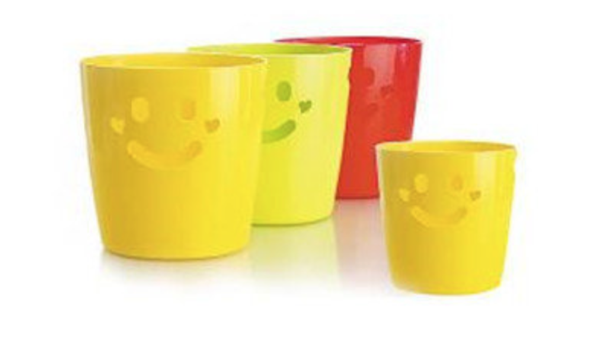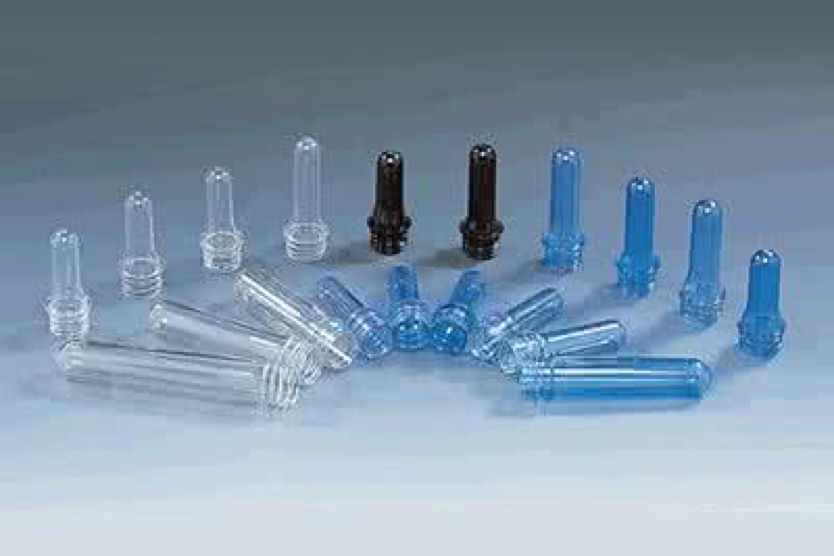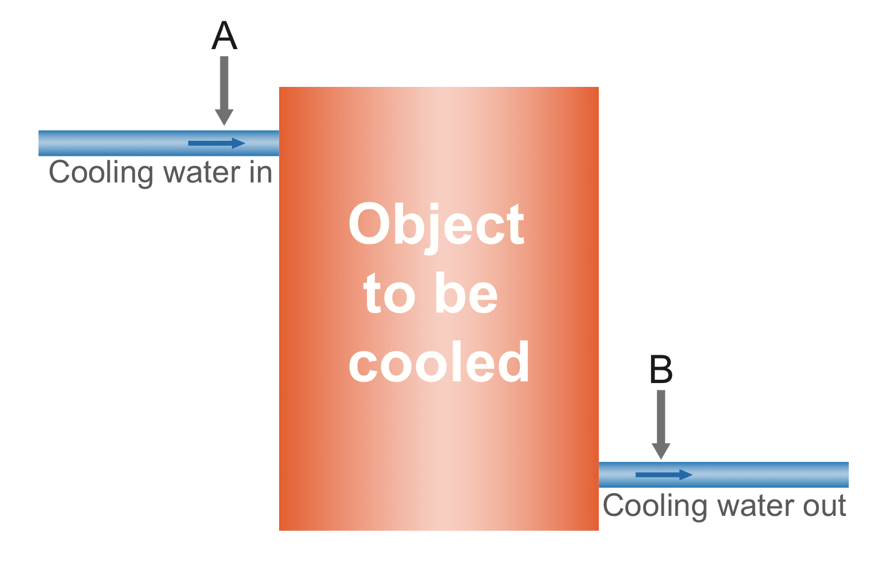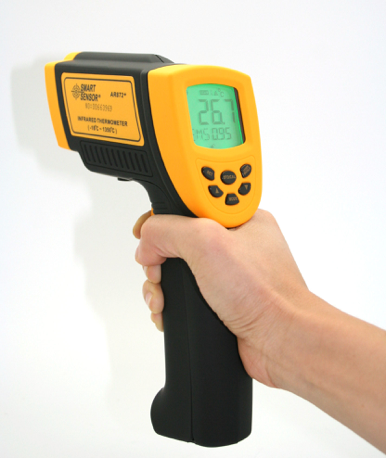The purpose of an industrial chiller is to cover the heat load generated by the production process, so to keep the temperature within your required range, therefore the first thing to correctly size a chiller is that you need to know the heat load of your production process. However, to make sure a chiller suitable for your application, we need to do more. For example, is air cooled or water cooled chiller suitable for your case? Do you need open circuit or closed circuit chiller? As a chiller manufacturer and cooling solution provider, it is our responsibility to help our user to size a chiller that serves their demand.
I. Calculation of required cooling capacity
We could always calculate the heat load by the thermodynamic basic formula Q=c*m*△t, Q: heat load, c: specific heat of the object need to cool, m: weight of the object, △t: temperature difference(between the target temperature and initial temperature). However, for most applications which use chiller frequently, there must be a simpler way to get a result more conveniently. Here are some pieces of advice from Senho engineers:
Note: the below solutions is for reference for regular applications only
1. Plastic & Rubber Industry
a. Extrusion, blow molding, bottle blowing, and film blowing

Formula: Q(Kcal/h)=Productivity(Kg/h)*165
This formula is actually simplified from the thermodynamic basic formula, let’s see how it comes:
Based on Q=C*M*△t, it seems all the conditions on the right side of the equation are unknown. But regular plastic processing has its own feature, for example, the specific heat of plastic material is normally below 0.55Kcal/h, the process temperature difference does not exceed 200℃ in most applications. In this case, we could put these values into the formula, it becomes:
Q=0.55Kcal/h*m*200℃=m*110
As we know the cooling capacity of a chiller is not constantly the same, it changes with evaporating temperature and condensing temperature, which means changing of working condition might cause fluctuation of the performance of chiller unit. On the other hand, the heat exchanging efficiency of the cooling spot is different to some extent. Hence we need to put a safety value into this formula to enlarge its error-tolerant rate, so we will enlarge the result by 50%, which makes the formula into:
Q=0.55Kcal/h*m*200℃*1.5=m*165
b. Injection molding(does not include PET preform)

The volume of plastic material an injection molding machine can process depends on its clamping force, the clamping force is somehow related to the heat load the machine generated. We all know that an injection molding machine is ready to process different plastic material any time, as long as the mold is changed accordingly. On the other hand, the cooling efficiency is influenced by the design of mold in some way. For these reasons, sizing of a chiller for injection molding is somehow estimated, the bottom line is we need to make sure the chiller capacity is adequate no matter how the products changes.
In most cases, 80Ton clamping force requires 2150Kcal/h cooling capacity, which bring us the formula:
Q=Clamping force(Ton)/80Ton*2150Kcal/h
For example, we have one injection molding machine with 1000Ton clamping force. Calculation as below:
Q=1000Ton/80Ton*2150Kcal/h
=26875Kcal/h
c. PET preform

PET preform is special in injection molding area, as it processes only one kind of material. Same as other processes, the heat load comes from the hot material when it first came into the mold. In most cases we need to calculate the productivity, i.e. how many KG materials does it process in one hour.
We will first learn how many cavities are there in one mold, what is the weight of each preform, and what is the molding cycle time. With these three conditions, we can easily learn the productivity by kg/h.
For example, a PET mold with 32 cavities, each preform weigh 60g, and mold cycle time is 5 seconds. Let’s see how to calculate:
60g*32*(3600s/5)=1,382,400g=1384.2kg
With productivity, we need to know the process temperature difference, that is the temperature difference between PET material when it goes into the mold and the temperature we need to bring down to. For example, the hot PET temperature is 260℃, we need to cool the mold at 15℃. We can easily use the formula Q=c*m*△t
Q=c*m*△t*1.5
=1384.2kg/h*0.53Kcal/(kg·℃)*(260℃-15℃)*1.5
=269,607Kcal/h
Remarks: Specific heat of PET: 0.53Kcal/(kg·℃), safety factor: 1.5
2. Other Industries
The formula Q=C*M*△t is universal in the world of thermal energy. The question is, how do we know the conditions on the right side of the equation. In most cases we don’t know the C of the material we process, we don’t know exactly the △t as well, that’s what put us into trouble.
No matter what material or equipment we need to cool, we will cool it with water, or water with the additive. So we can simply change our mind, we calculate the heat load of water instead. Here are the steps:
Step 1: Get the flow rate
For an equipment that needs to use cooling water, the manufacturer will normally provide the requirement of cooling water flow. We can use the figures provided or use a flowmeter to get what we need.
Step 2: Get the temperature difference
Please note that the temperature difference is between the inlet to your equipment and outlet from your equipment. Please see the diagram below, what we need is B minus A.

For this step, we can use an infrared radiation thermometer like below:

Step 3: calculation
After we get both flow rate and temperature difference, we can put it into the formula: Q=c*m*△t. For example, the flow rate we get is 5m³/h, the temperature difference is 4℃. As we know that C: specific heat of water=4.187Kj/kg·℃, we can start our calculation:
Q=c*m*△t
=4.187Kj/kg·℃*5000kg/h*4℃*1.5
=83740Kj/h
=30008.24Kcal/h
Note: specific heat of water: 4.187Kj/kg·℃; 5m³ water=5000L=5000kg; safety factor: 1.5
II. Water cooled or air cooled?
First, we need to learn the difference between water cooled and air cooled chiller. < < < Click to View
Then let’s see what do we need to consider:
1. Do you have an open and drafty place for locating air cooled chiller? Or you want to put your chiller indoor? If you want to put it indoor, a water-cooled chiller will be the choice.
2. Do we have workers in charge of chiller maintenance, so the condenser of water cooled chiller could be clean at intervals? If the water cooled condenser is not clean for a long time, the chiller’s cooling efficiency will go lower and lower.
3. Is water easily available in your area? Because for a water cooled chiller, condenser water will somehow lose in the cooling tower, as most cooling towers are opened type. If water is not easily available, let’s consider air cooled chiller.
In a word, both advantages and disadvantages of water cooled or air cooled chiller are relative. To choose air cooled or water cooled chiller, you need to consider your own conditions.
III. Open circuit or close circuit chiller?
When we talk about open circuit or close circuit here, we mean the chiller, not the whole water circuit. View the difference between open circuit and closed circuit chiller here.
Now you need to consider your situation:
1. Do you have a reservoir for the cooling circuit already? If yes, let’s choose close circuit chiller.
2. Is the water channel in your equipment close type? We need to pay attention if there is already water tank or water sink in your equipment. For example, some pipe extrusion machine is with water sink for the products to immerse in, the chiller’s job is to cool the water in the sink, in this case, we need a closed circuit chiller.
IV. Need non-corrosive water circuit?
For some industries such as laser, food and beverage, deionized water or drinking water is required. Other industries like electroplating, the liquid is corrosive itself. In those case, please let us know so that we can make sure the water circuit of the chiller is non-corrosive.
V. Need high water pressure?
In some case, your equipment needs high inlet water pressure, or the distance, especially vertical distance is long between chiller location and your equipment. Regular pressure is not suitable for those cases, then you need to tell us about these conditions for correct sizing.
In a word, it is important to know the working condition before sizing an industrial chiller. A correctly sized chiller unit can make your production process more fluency, and avoid many follow-up problems, so to increase the efficiency of production.